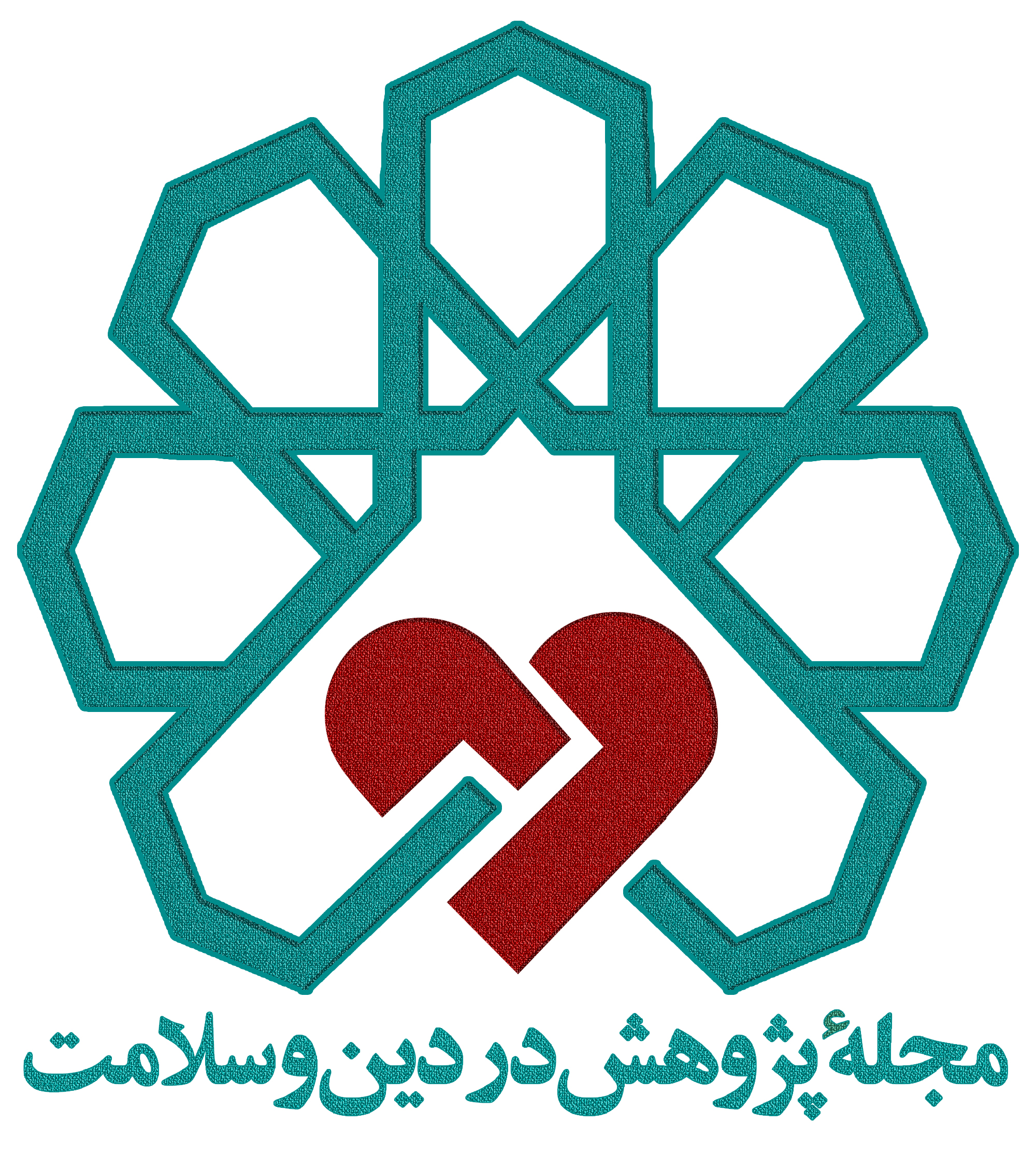Background and Objectives: Given the significant importance of fertility and increase of working women in current situation of Iran, this study aimed to determine the relationship between religious orientations with the willingness to childbearing and actual and ideal number of children in employed women in Tehran.
Materials & Methods: In this cross-sectional study, 200 women employed in health centers and centers of education affiliated to Shahid Beheshti University of Medical Sciences in Tehran were selected by convenience sampling because more than two-thirds of working women in Iran work in the Ministry of Education and the Ministry of Health. In this study, women were selected inclusion criteria. Data collection instrument was a questionnaire containing demographic, religious orientation and reproductive behavior questions. Data analysis were performed using descriptive statistics and correlation analysis. In addition, significant level was considered 0.05. In this study, all relevant ethical issues were considered.
Results: In this study, the mean±SD age of subjects was 37.55±8.11 years. 57% of participants had a child or without children. The majority of samples (60.5%) have an excellent religious orientation. Mean±SD of the actual number and ideal number of children were 1.31±0.81 and 2.03±0 .79, respectively and 21% of participants were willing to bear children in the future. There was a significant statistical correlation between the actual number and ideal number of children with religious orientation (p <0.05, r=0.14), but there was no significant correlation between religious orientation and intend to childbearing (p>0.05).
Conclusion:The results showed that religious orientation is cultural factors affecting the real and ideal number of children among employed women. Therefore, it is recommended to consider the cultural affairs based on the religious education in the family and planning and population policy.
Please cite this article as: Saei Gharenaz M, Ozgoli G, Hajizadeh F, Sheikhan Z, Nasiri M, Jannesari Sh. The relationship between religious orientation with intention of desired fertility and actual and desirable number of children in working women of Tehran, Iran. J Res Relig Health.2017;3(1):79- 90.

